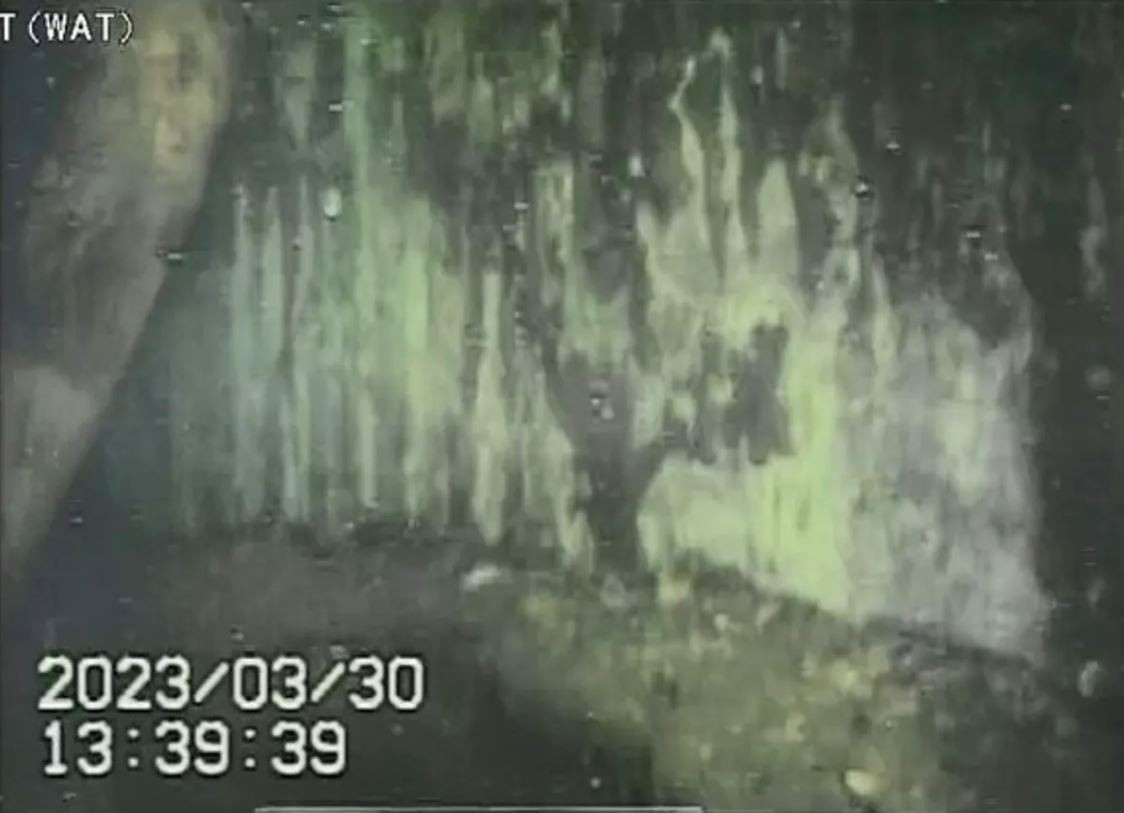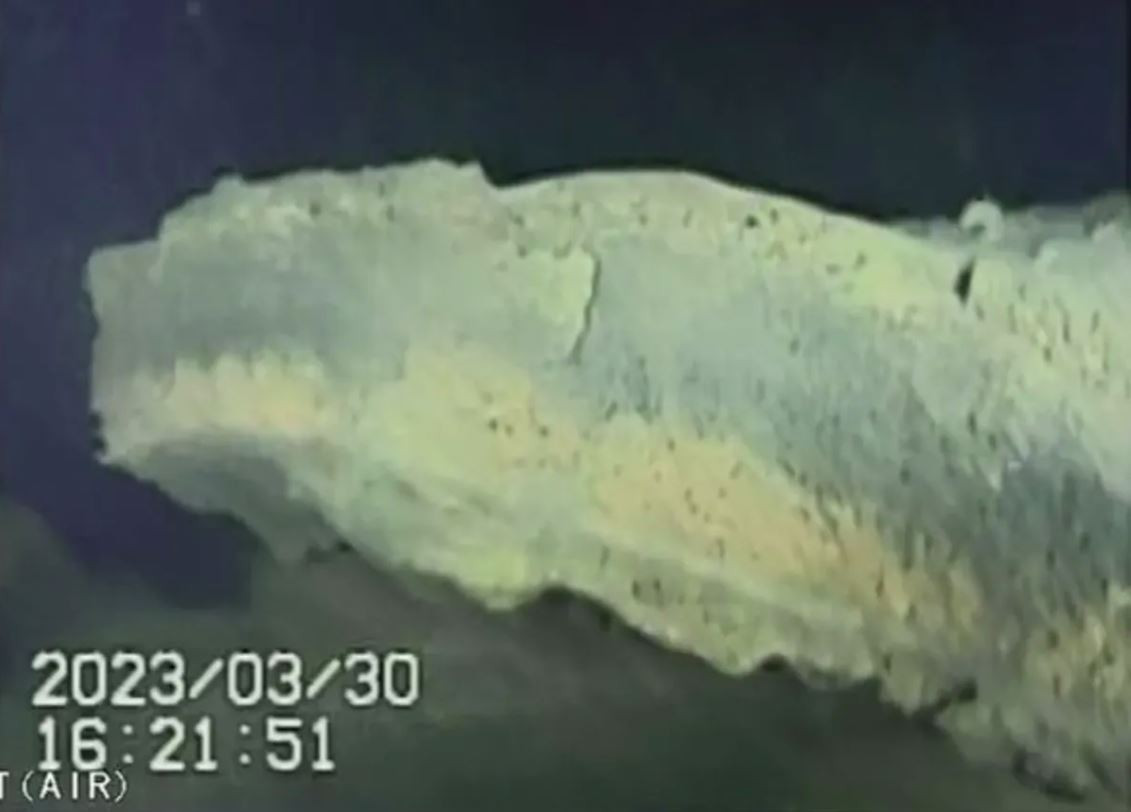Robotic probes plunging into the watery remains of the Fukushima nuclear power plant revealed damage to vital support structures. Although this discovery, which is also reflected in the photos, is not a cause for immediate concern, it is feared that it could be a major problem if a new earthquake shakes the region.
Tokyo Electric Power Company Holdings (TEPCO) is using remote-controlled probes to explore the submerged depths of the nuclear power plant and monitor how the expensive clean-up operation is going. According to a recent update, one of the robots took images of the Unit 1 pedestal, a supporting structure beneath one of the reactor cores that suffered a meltdown during the 2011 nuclear disaster.
The Associated Press reported that the base’s 120-centimeter-thick concrete wall showed signs of significant damage at the base, exposing the steel reinforcement inside.

The concern is that three of the reactors contain an estimated total of 880 tonnes of highly radioactive molten fuel residue. According to The Asahi Shimbun, TEPCO was able to obtain visual confirmation of molten nuclear fuel in its Unit 1 reactor for the first time last week. Images taken from inside the Fukushima nuclear power plant show a puddle outside the pedestal, likely made of molten fuel. If the support structures break, this threatens to cause more headaches for TEPCO.
Fukushima Nuclear Disaster
The disaster occurred on March 11, 2011, when a magnitude 9.0 earthquake hit the east coast of Japan, creating a 15-metre tsunami along Japan’s northeast coast that killed more than 18,000 people.

The devastating waves also hit the Fukushima Daiichi nuclear power plant, shutting down its power supply and vital cooling systems. This led to the meltdown of its three reactors and sent significant amounts of radiation into the atmosphere. Given the scale of the accident, it is considered the worst nuclear disaster since Chernobyl in 1986.
However, spent fuel recently displayed in reactors is only part of the problem. After the incident, the power plant flooded. This produced approximately 1.3 million tons of wastewater, which was stored in more than 1,000 tanks at the site.
After a long and heated debate, TEPCO recently sparked outrage in local fishing communities and neighboring countries, saying it is continuing its plans to discharge this treated water into the Pacific Ocean.